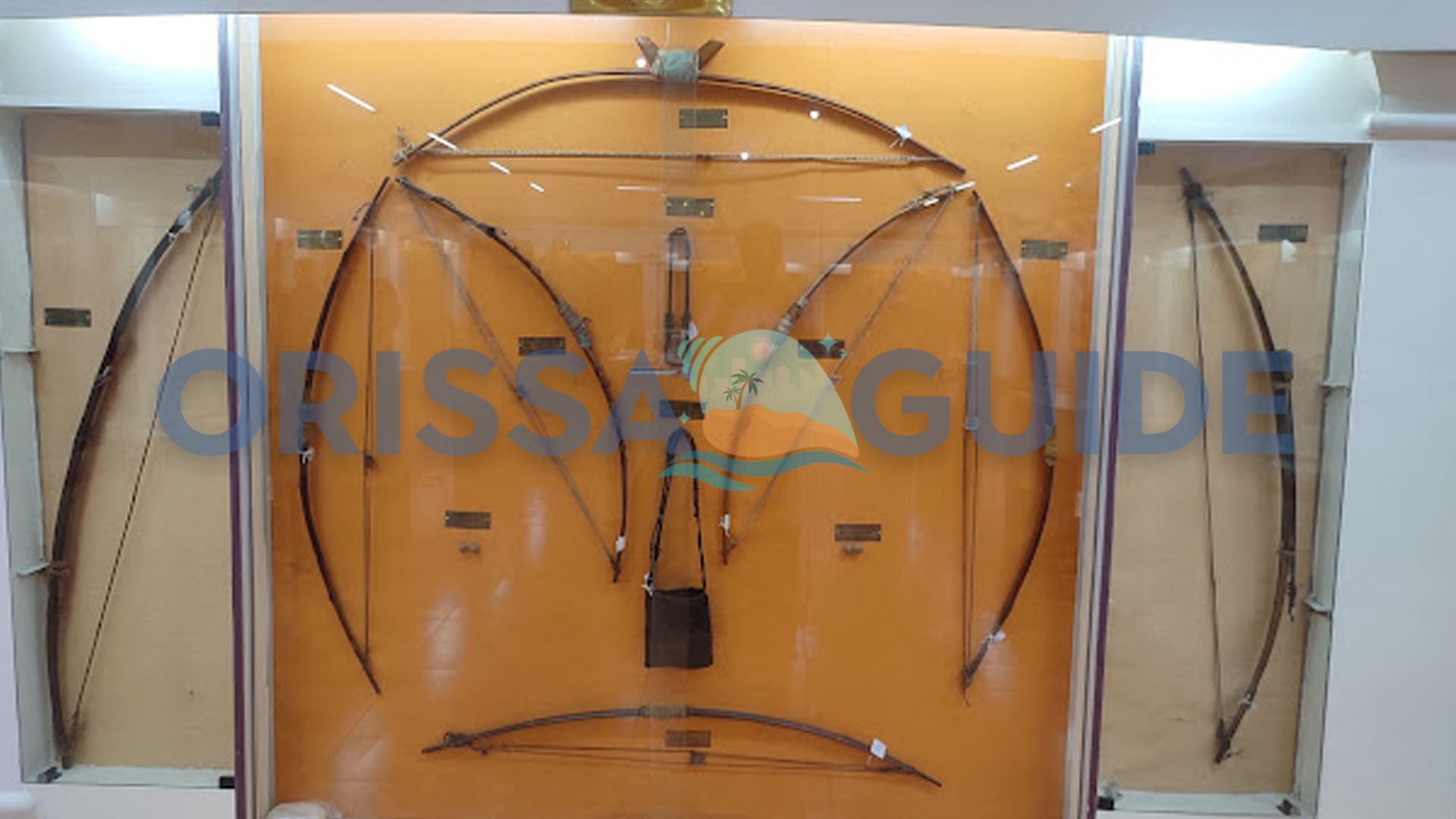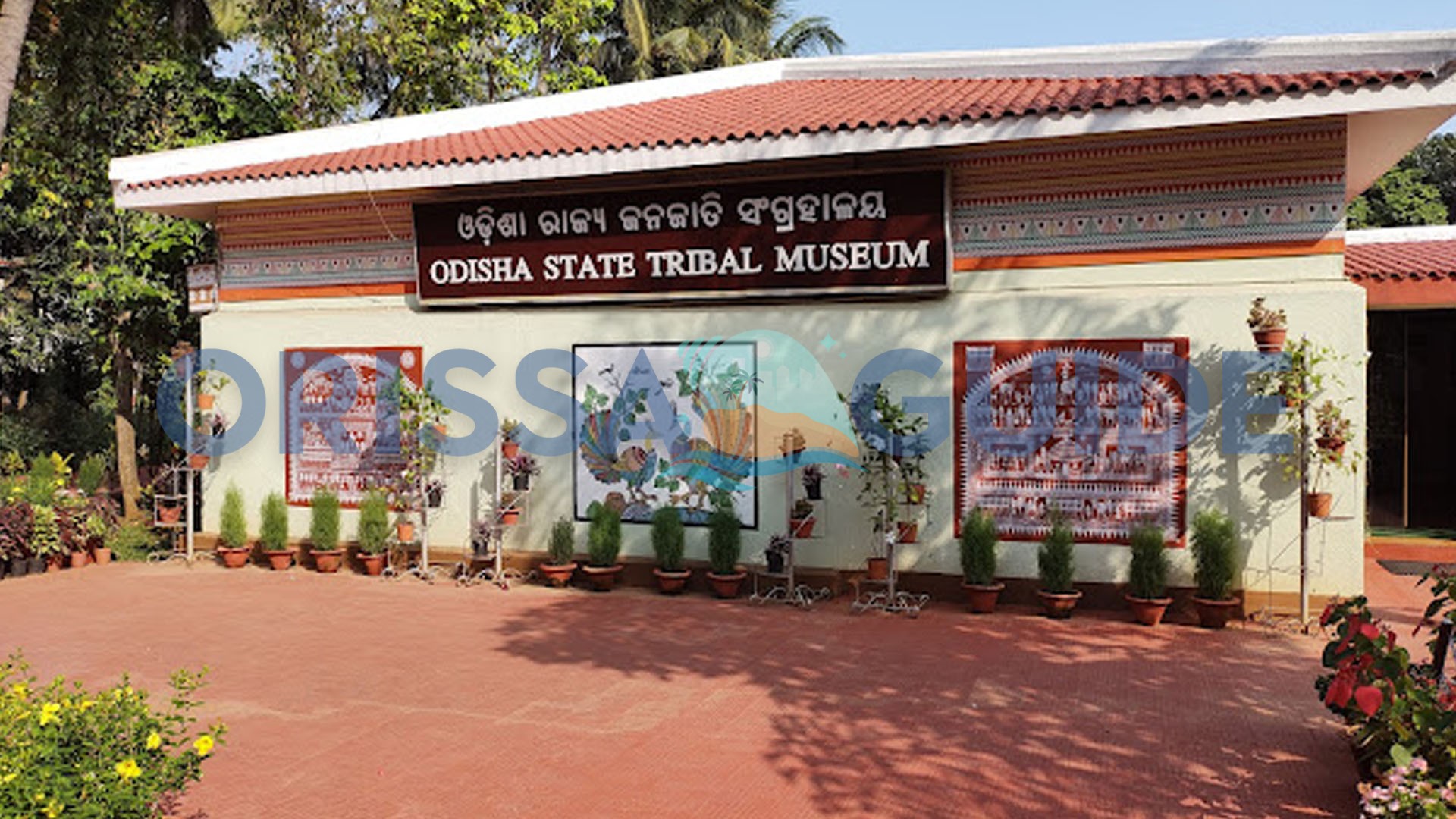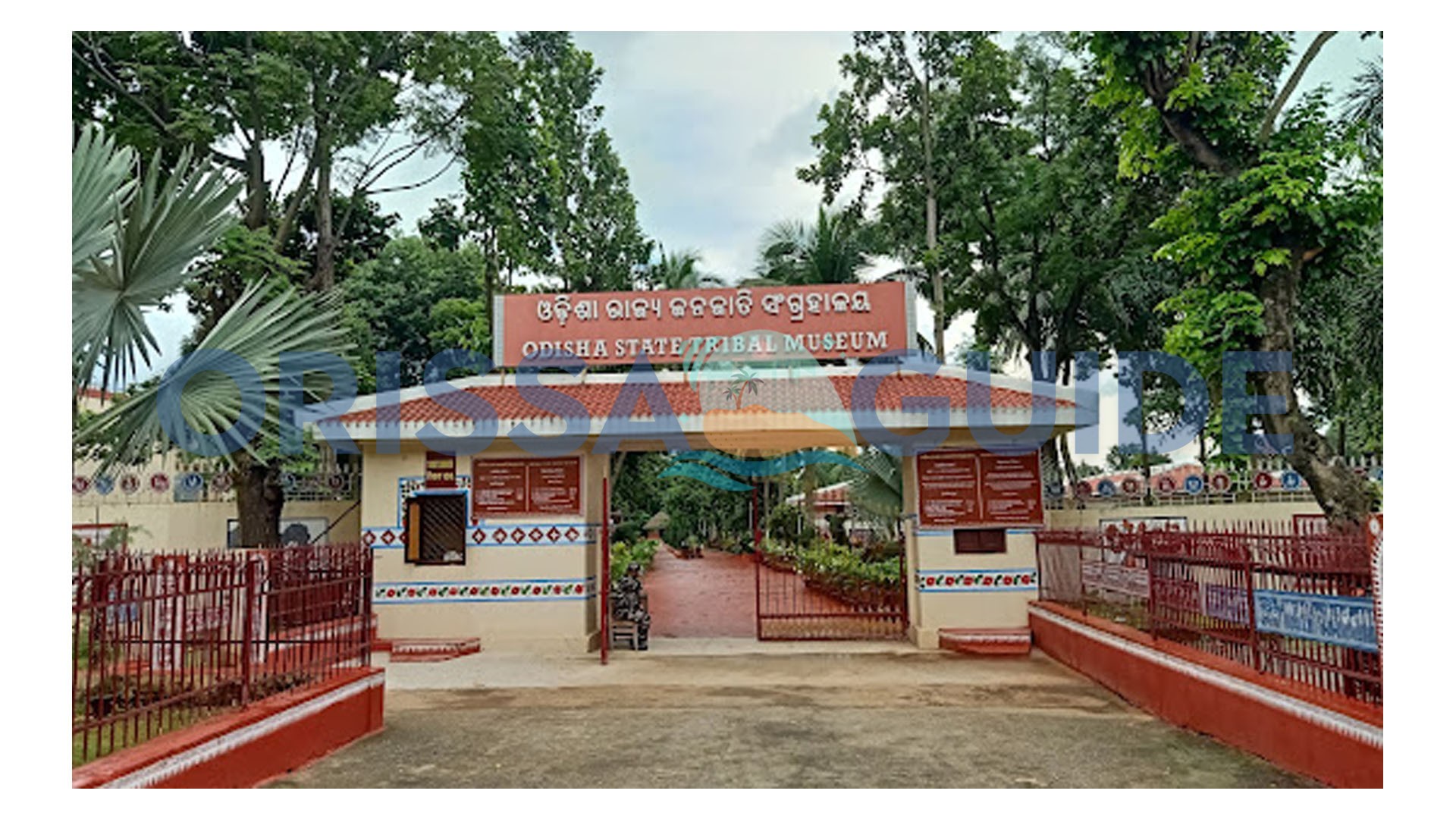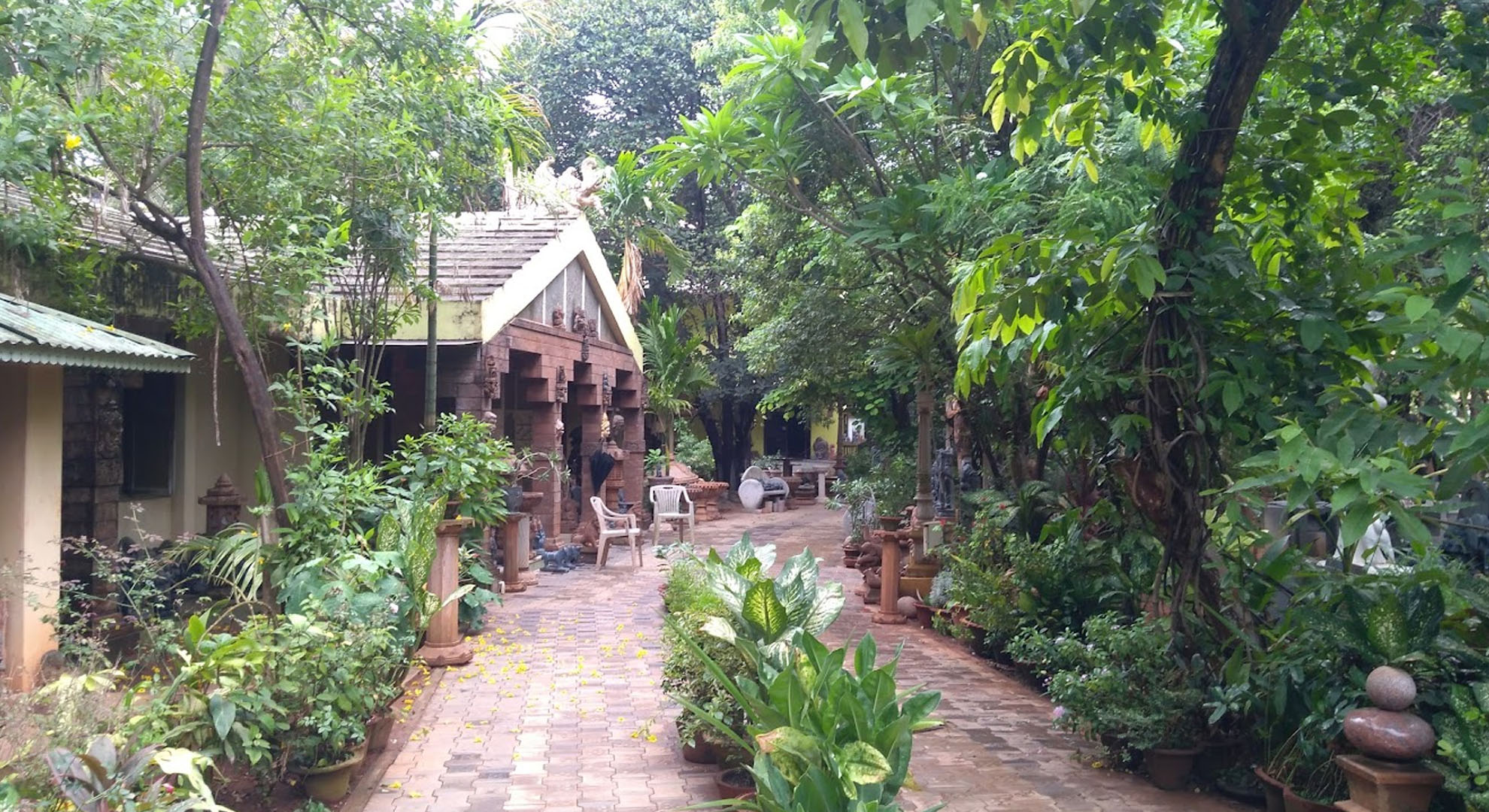The Museum of Tribal Arts and Artifacts or Tribal Research Institute Museum is the museum located in Bhubaneswar, Odisha inside the Scheduled Castes & Scheduled Tribes Research & Training Institute Campus. It is popularly known as Tribal Museum and conceptually labeled the Museum of Man. Life-sized original tribal houses, created by the tribal craftsmen, provide a first look into the State’s tribal heritage.
It has been classified into sections that exhibit tribal artifacts and objects, focusing mainly on the well-researched, documented cultural life of the tribals of Odisha. Overall, it is directed by a Director who holds the rank of a University Professor and is under the administrative charge of the ST, SC, Minorities, and Backward Classes Welfare Department, Government of Odisha.
History
Conceptualized as the “Museum of Man”, it was established in 1953. In 1986, five tribal huts representing the Santal, Juang, Gadaba, Saora, and Kandha communities were built and tribal artifacts were brought here for display to visitors. On 5 March 2001, the new museum building was inaugurated.
In August 2020, given the lockdown due to the COVID-19 outbreak, this museum started providing an interactive digital tour of its exhibitions and presentations, Where visitors from any part of the globe can get anthropological insights and have a look at the art, artifacts, tools, and customs of the various Indigenous communities of Odisha.
Collections
The exhibits depict cultural aspects of local tribes and their worldview via material objects, including traditional tribal huts, agricultural and household items, dance and musical instruments, textiles, personal belongings, paintings, and hunting and fishing equipment. The state of Odisha is home to 62 tribal groups and harbors a prosperous history of aboriginal traditions.
Consequently, some of the special exhibits include a variety of indigenous huts: Kandha, Gadaba, Chuktia Bhunjia, Lanjia Saora, Gond, Santal, and Juang. Each of these huts enables a visitor to envision how traditional life must have been for the local tribal people. A Santal hut, for example, is not only a work of art or some kind of housing that a person views from a distance, but one can also go into such huts; they are filled with traditional items relevant to the particular tribe, helping the public to see how tribal life was before the advent of large-scale industrialization of the region.
The museum displays the most ordinary tribal life-mundane artwork (for instance, sculptural representations of simple villagers going about their daily activities) in a section known as PVTG Gallery. This section features tribal communities of Kharia people from Simillipal Hills in Mayurbhanj district, and Bondas from Malkangiri district, among others. This section also contains the sculptures and a board with some basic information about the tribe and audio-visual interactive tablets in three languages: Odia, Hindi, and English.
How to Reach, Destination Facilities, Transportation, Destination Attractions, Accessibility
Nearby Airport
Bhubaneswar is linked by air to Ahmedabad, Bangalore, Chennai, Delhi, Guwahati, Hyderabad, Kolkata, Mumbai and Vishakhapatnam
Nearby Railway Station
Bhubaneswar is directly connected to major metro cities of India, like Delhi, Mumbai, Chennai, Kolkata, Hyderabad and Bangalore









